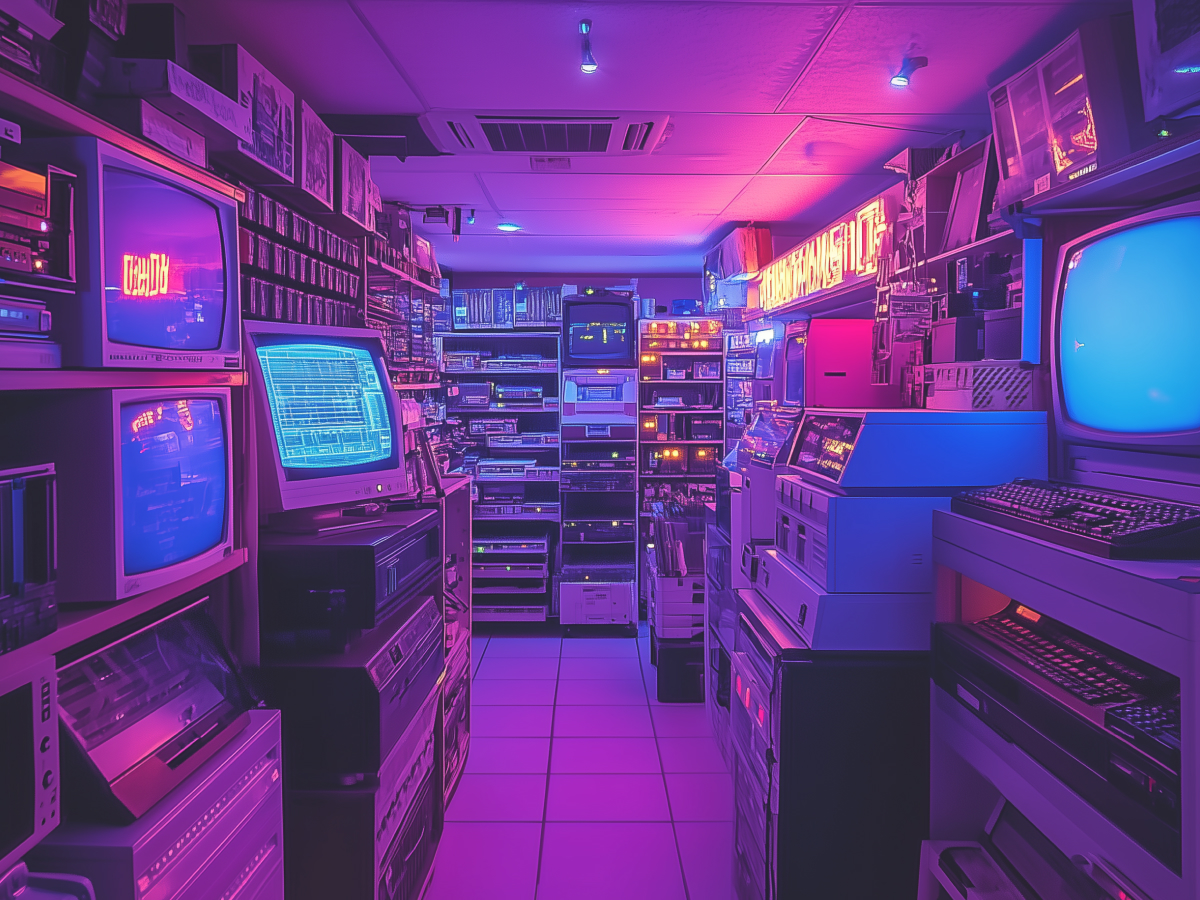Apple’s latest AI model for instruction-based image editing, MGIE, uses multimodal large language models (MLLMs) to explore new avenues in executing complex image editing tasks. MGIE impacts every aspect of the way we interact with digital content and promises new and unprecedented creative possibilities.
Apple’s brand new AI model
A collaboration between Apple and the University of California, Santa Barbara, led to the creation of MGIE. MGIE, or MLLM-Guided Image Editing, for a unique method to combine text and visual information. Through its integration of multimodal large language models, MGIE interprets natural language instructions to perform complex image edits, bridging the gap between human creativity and machine precision.
MGIE’s built on the advanced capabilities of MLLMs to process and execute complex editing instructions for more detailed and nuanced modifications at the pixel level. Precision in editing means users can realize highly creative visions with ease. Simplifying the editing process, MGIE has democratized access to sophisticated image manipulation, encouraging a wider range of individuals to engage in creative endeavors.
For instance, a user can instruct MGIE to “enhance the sunset in the background, making the colors more vibrant while keeping the foreground subjects in natural light.” MGIE interprets these instructions, applying changes that would require extensive manual effort in traditional editing software, as a testament to its understanding and implementation of complex requests.
Comprehensive capabilities of MGIE
The range of editing functionalities MGIE offers is extensive, covering everything from simple color adjustments to complex, Photoshop-style edits. Whether users seek to optimize an entire photo or make specific edits to localized areas, MGIE’s versatility makes it excel in almost all editing tasks. Its adeptness at handling a diverse set of instructions with precision demonstrates why MGIE is becoming incredibly popular.
MGIE’s proficiency extends to more sophisticated editing features as well, such as object manipulation, where users can specify changes to individual elements within an image. Background alterations become nearly effortless. Creators to reimagine scenes completely. The application of artistic effects, like converting a photo into a watercolor painting or a sketch is unrivaled among competitors.
Through these examples, it becomes evident that MGIE’s are redefining the boundaries of creative expression. Its introduction into the market has opened up new possibilities for professionals and hobbyists alike, making complex image editing more accessible and encouraging a broader engagement with digital creativity.
The impact of MGIE on the market
MGIE has far-reaching implications across multiple sectors. In social media, content creators can quickly produce eye-catching images tailored to their audience’s preferences, growing engagement and follower count. E-commerce businesses will benefit from MGIE by creating more appealing product images, potentially increasing conversion rates and customer satisfaction.
Educators can create custom images that align with lesson plans, making complex concepts easier to understand through visual aids. Entertainment and art sectors will also see a transformation, with filmmakers and artists using MGIE to conceptualize scenes or artworks before bringing them to life, saving time and resources in the creative process.
A guide to mastering MGIE
Navigating MGIE begins with understanding its interface and functionalities, accessible through platforms like GitHub and Hugging Face Spaces. For those new to MGIE, starting with simple commands is advisable. For instance, a user might input, “Adjust the image brightness to a warmer tone,” observing how MGIE interprets and applies this instruction. As familiarity grows, users can experiment with more complex requests, such as “Transform the background into a sunset scene while enhancing the subject’s focus.”
Practical tips for MGIE users:
Start with clear instructions: Precision in language leads to better outcomes. Articulate editing goals as specifically as possible.
Experiment with variations: Trying different phrasing for similar tasks can help discover the most effective ways to communicate with MGIE.
Use reference images: When possible, provide reference images along with instructions to significantly improve the accuracy of MGIE’s output.
Incremental edits: Apply edits in stages for more control over the final result, especially for complex projects.
Feedback loop: Utilizing MGIE’s feedback mechanism to refine results will improve learning and improve future interactions with the AI.





